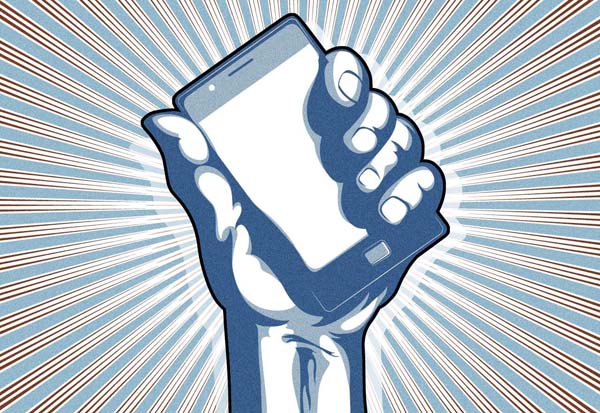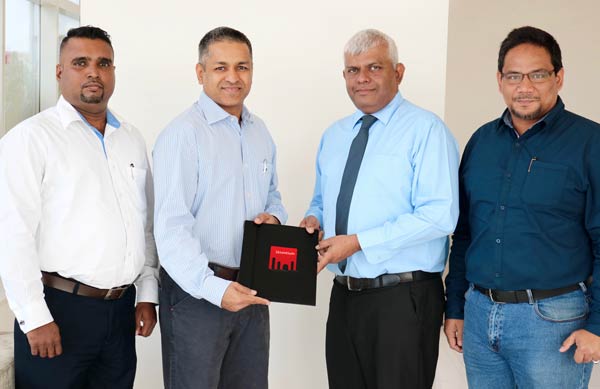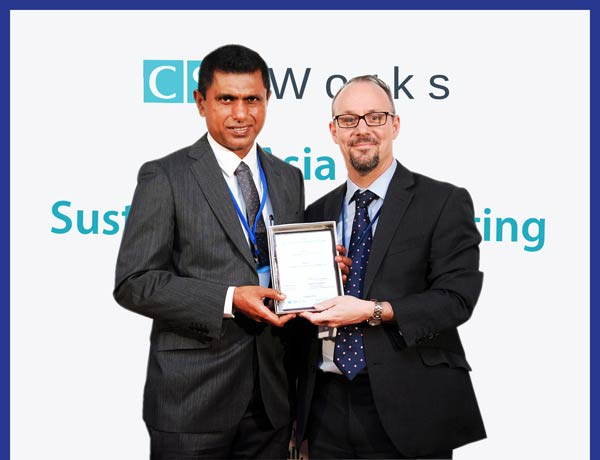
A narrowing digital divide in Southeast Asia
Growing digital penetration is set to transform the lives of people in emerging economies, writes PrakashMallya, Managing Director of Intel Southeast Asia
Closing the digital divide in Southeast Asia is a goalthat Intel has discussed for a long time. As we enter 2016, I am excitedit is now becoming a reality.
The key reason is that the steep increase in connected phone penetration is drawing people of all ages to the internet. A fewyears ago, iPhones and tablets didn’t exist. The cost of a PC was the equivalent of several months’ average income, particularly for someone living in a small town in Vietnam or Indonesia. Computing technology was simply unaffordable.
Today, feature phones, smartphones, and small-inch tablets are giving consumers access to technology at far lower prices. The quality of 3G connectivity across Southeast Asia also continues to improve. Now that phones and tablets offer prepaid 3G services, it’s possible to access data at low cost. This has changed the affordability dynamic as well.
People increasingly seek one device that can “do it all,” rather than one for surfing the internet and the other for making phone calls. That’s the headline trend, and I expect many of Intel’s local customers have another strong year with devices in 2016.
Smaller form factors such as Intel’s Next Unit of Computing and the Compute Stick also represent a massive opportunity, particularly in areas such as education. There are about 89 million students across Thailand, Indonesia, and Vietnam, yet combined PC penetration in these countries is just 2.4%. Southeast Asia also has 50 million or so digital television sets, very few of which are compute-ready.
Enabling people to make their monitor smart by plugging in the Compute Stick will aid millions more children tolearn at home. And the potential entertainment usages are huge.For example, Intel has signed deals with telecommunications providers – such as StarHub in Singapore and PLDT in the Philippines – to bundle the Compute Stick with live video-streaming, and it’s already proving extremely popular.
The development of devices incorporating sensory interfaces – such as the RealSense camera – offers enormous potential in Southeast Asia. The trend began with PCs and 2 in 1 computers that enabled people to use their faces aspasswords. It is now being extended to other form factors. While the practical user applications of RealSense haven’t quite caught up with the quality of the technology, that’s going to happen over the next year. For example, RealSense technology could help protect security at sensitive industrial and mining sites, or areas where oil and gas is being explored for.
In addition, 3G connectivity is enabling smart new uses of technology based on the Internet of Things (IoT). Heading into 2016, there are 27 government-led projects to make cities smartacross Southeast Asia. India has a stated goal to make 100 of its cities smart.Singaporehas a growing population yet is limited by obvious land constraints, which require its government to more efficiently automate areas such as public transport, traffic management, and energy usage.
More work is needed to close the digital divide in Southeast Asia, and the answer is not simply to make technology more affordable. The region’s young people are extremely digitally savvy. At the same time, theylack a strong culture of technology creation as opposed to consumption.
In emerging economies, too many tablet and smartphone users are happy to simply surf the internet. So, the biggest challenge is to educate people about the potential for technology, and especially PCs, to innovate and solve problems in people’s lives. At Intel, we are striving to connect the dots by inspiring youngsters to get into content and app creation. Cool technologies such as RealSense, Curie, and Galileo can provide the spark for new ideas and companies.
The growing momentum around new start-ups in Indonesia and Singaporegive me reason for optimism.For example, Gojek offers aninteresting new business model that is perfectly suited to Southeast Asian cities. Motorists in Indonesia can be stuck for hours on clogged roads during peak times of day. Now, they can use a mobile app to book motorcycle ride to circumvent the traffic. It’s become all the rage, and the concept hasbeen extended more recently to transporting food, clothes, and any other items a person might need delivered.
As I reflect on the digital divide, it is vital to remember that countries with poor technology penetration enjoy a unique advantage. Mature markets are burdened by the weight of legacy infrastructure. In emerging economies, the good news is that the absence of legacy infrastructure gives companies and start-ups the opportunity to think afresh.
They canseize on exciting new capabilities and really begin to leapfrog their competitors – and in 2016, I am sure that a great many will.




